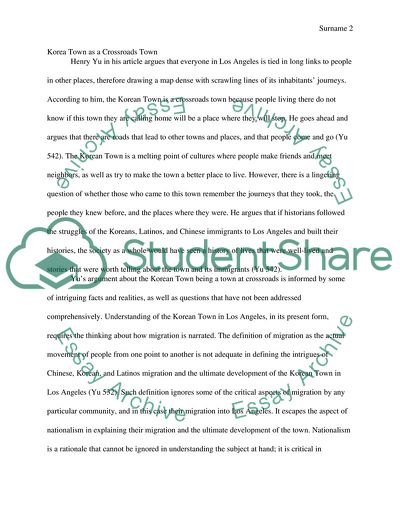Cite this document
(Immigration Studies on Korea Town Los Angeles Term Paper, n.d.)
Immigration Studies on Korea Town Los Angeles Term Paper. https://studentshare.org/history/1804113-immigration-studies-on-korea-town-ktown-los-angeles
Immigration Studies on Korea Town Los Angeles Term Paper. https://studentshare.org/history/1804113-immigration-studies-on-korea-town-ktown-los-angeles
(Immigration Studies on Korea Town Los Angeles Term Paper)
Immigration Studies on Korea Town Los Angeles Term Paper. https://studentshare.org/history/1804113-immigration-studies-on-korea-town-ktown-los-angeles.
Immigration Studies on Korea Town Los Angeles Term Paper. https://studentshare.org/history/1804113-immigration-studies-on-korea-town-ktown-los-angeles.
“Immigration Studies on Korea Town Los Angeles Term Paper”. https://studentshare.org/history/1804113-immigration-studies-on-korea-town-ktown-los-angeles.


